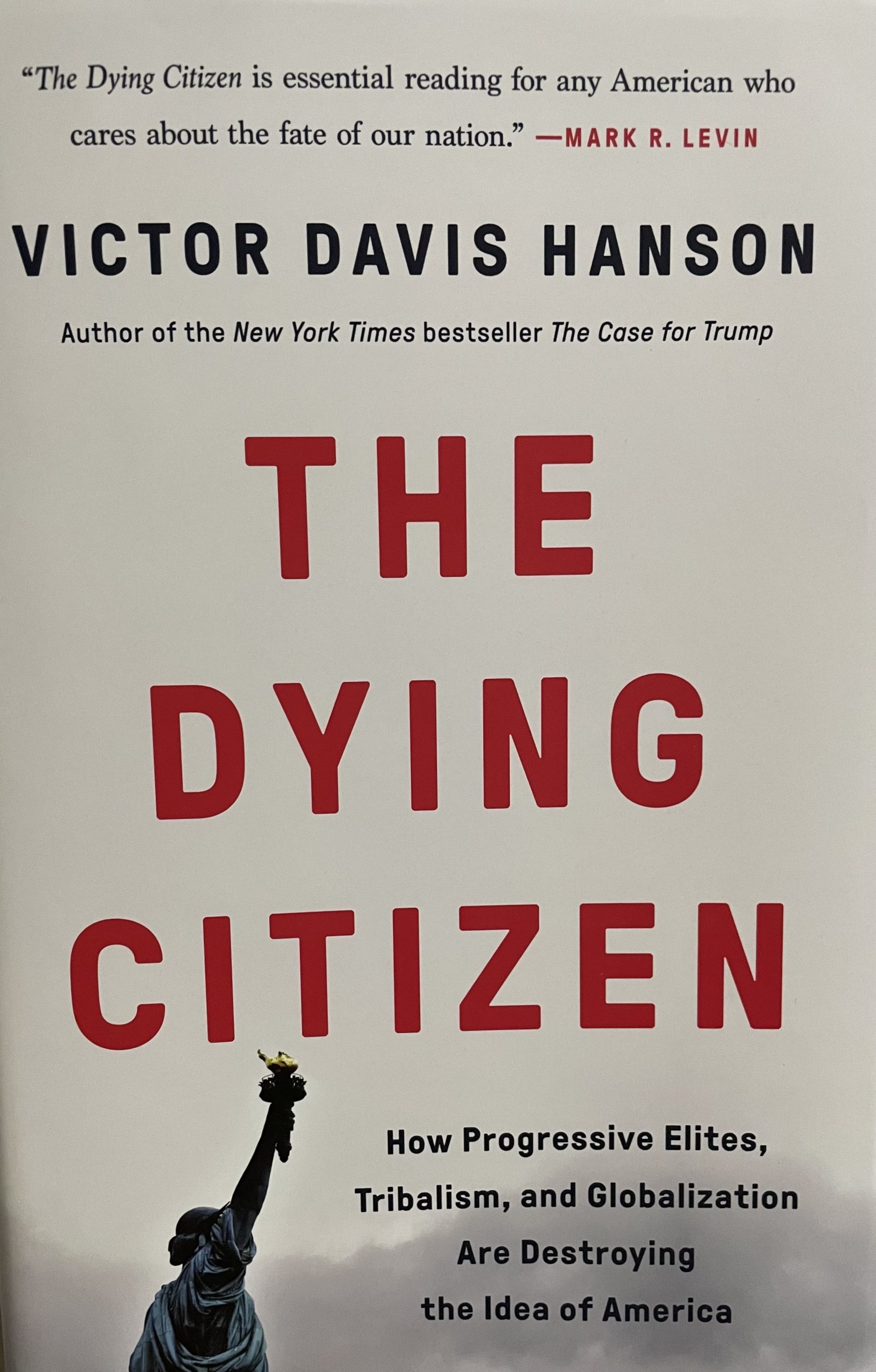The nation’s pre-eminent political science professors are still scratching their heads over the result of the 2016 presidential election: Perhaps they should chat with some of the people who voted for the winner rather than consult The New York Times.
“The media are often lazy,” George Barna writes in his book, The Day Christians Changed America: How Christians Put Trump in the White House and Redirected America’s Future. “Sadly, because the audience often does not know any better, those lazy narratives become an established reality in the minds of the public.”
Barna is the executive director of the American Culture & Faith Institute (ACFI). He found that even Christians who were far from evangelical, and usually vote Democratic, swung toward the GOP nominee.
“Unexpectedly, Trump’s biggest jump in support during the home stretch came from Notional Christians,” Barna writes. “Although they preferred Clinton by 12 points in September, they wound up siding with Trump by two points on Election Day, 49% to 47%.”
“That represents a 14-point swing in the final two months among the numerically-largest pool of religious voters.”
Among voters whose religious beliefs are far from superficial, Barna writes that “The influence agents that were least likely to be listed as having had a lot of influence on voters were Protestant churches and pastors (20% attributed ‘a lot of impact’ to them); public opinion polls (15%); celebrities who endorsed a candidate (14%); and Catholic churches and priests (12%).”
We’ve periodically heard during the last two presidential elections about millions of evangelical voters who stayed home. Barna found them: “Based on ACFI’s research, it was apparent that there were 38 million born again Christians who had not voted in the prior two presidential elections—26 million of whom were already registered to vote but had not bothered to do so!”
And one way Barna and Company reached them was by doing something Republicans usually don’t do particularly well—hitting the streets. “The task of educating voters was approached in various ways,” Barna writes. “In addition to the tens of millions of emails, social media posts, and telephone calls made to targeted individuals, more that a dozen groups participating in the coalition engaged in door-to-door canvassing by trained advocates in selected states and voting districts.”
Arguably, their efforts surpassed those of the Republican National Committee (RNC). “Although most of the groups were event-oriented, they managed to establish a ground game that was far superior to anything the Party itself operated,” Barna observed. “And while the GOP continues to use tired messages and outdated technology, the evangelical crowd subjugated its own message preferences in favor of what the research indicated would have the most powerful effect.”










